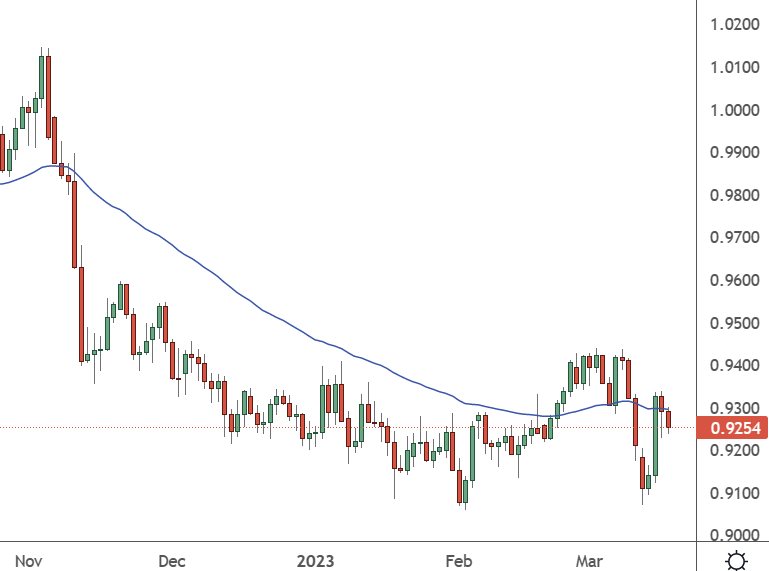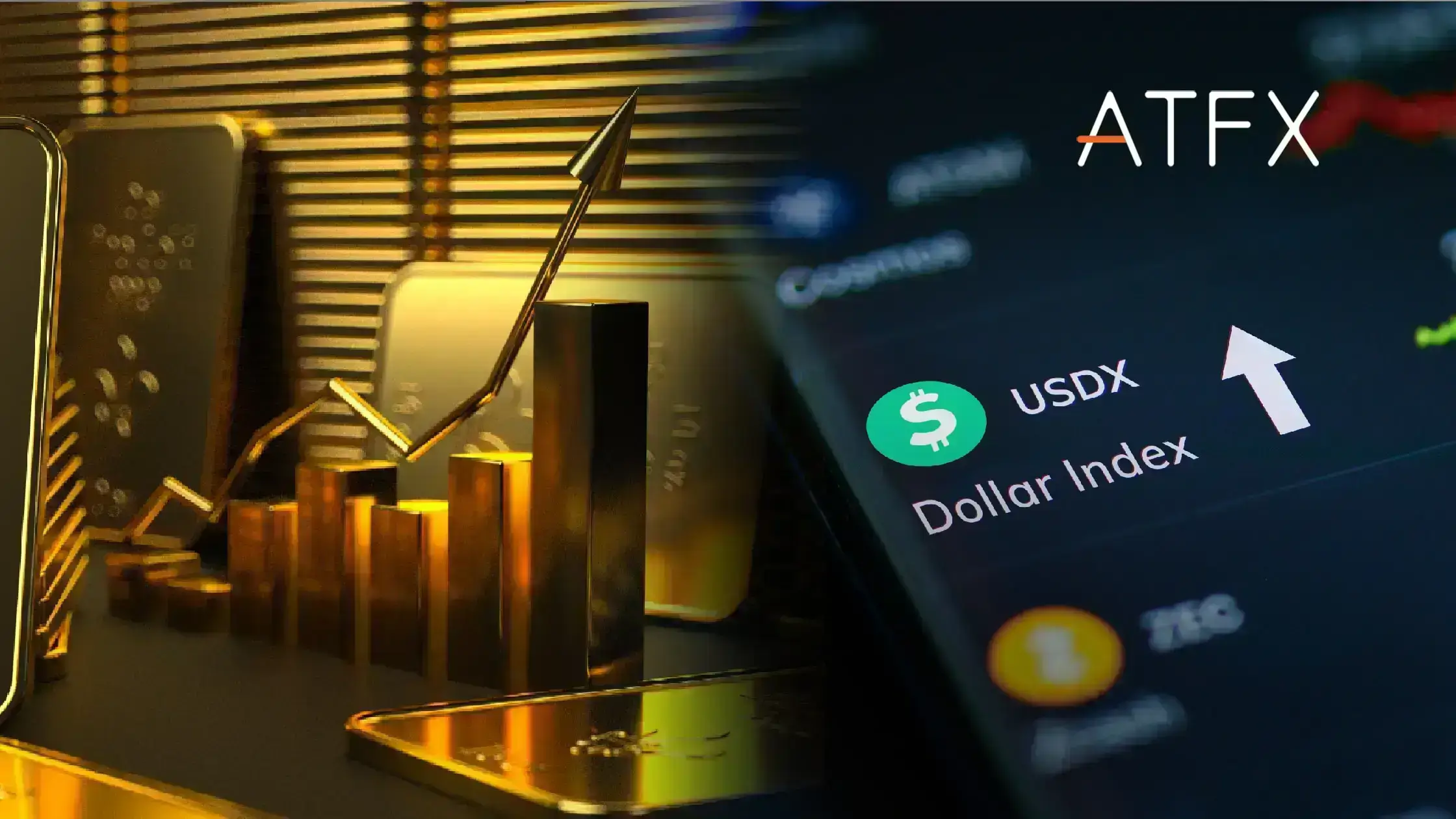USDCHF is in play as the Swiss government considers nationalising Credit Suisse after the failure of a takeover from its counterpart UBS.

USDCHF – Daily Chart
USDCHF has continued to decline into 2023 but bounced in February and March. Traders should now look for a breakout from 0.91 to the downside or 0.94 higher.
Bloomberg reported that regulators are leaning toward a full or partial nationalisation of Credit Suisse – which would wipe out the equity and bail-in bondholders.
According to BBG, “the country is considering either taking over the bank in full or holding a significant equity stake if a takeover by UBS Group AG falls apart because of the complexities in arranging the deal and the short time frame involved.”
The situation was “very fluid” on Sunday. It could change anytime as authorities seek to finalise a solution for the bank when Asian markets open.
With only hours left until futures markets opened, UBS offered to buy Credit Suisse for up to $1BN, the FT reported. Swiss authorities were also planning to change the country’s laws to bypass a shareholder vote on the transaction as they rushed to push the deal through and attempt to restore trust in the banking system.
USDCHF Forecast
USDCHF could recover if the market views a takeover as the end of banking turmoil. It could also fall as the country would be on the hook for the liabilities of Credit Suisse.
“Credit Suisse meets the capital and liquidity requirements imposed on systemically important banks,” the Swiss National Bank said last week.
The take-under offer was reported on Sunday with a price of CHF0.25 a share to be paid in UBS stock. That was well below Credit Suisse’s closing price of CHF1.86 on Friday, and the deal values the company’s equity at only $1BN.
The largest shareholder in Credit Suisse is Saudi National Bank, with almost 10% of the company and cost $1.5bn at the time. Qatar Investment Authority (6.80%) and Blackrock Inc (4%) are the next largest.
A deal for the bank would wipe out the investment of these stakeholders. Customers began withdrawing billions from the bank last year in response to rumours about its financial health, leading to its worst full-year loss since the 2008 banking crisis.
The situation worsened last month as the company lost over 100bn euros from its wealth management division. It saw up to $10bn daily in deposits lost during the SVB panic.


